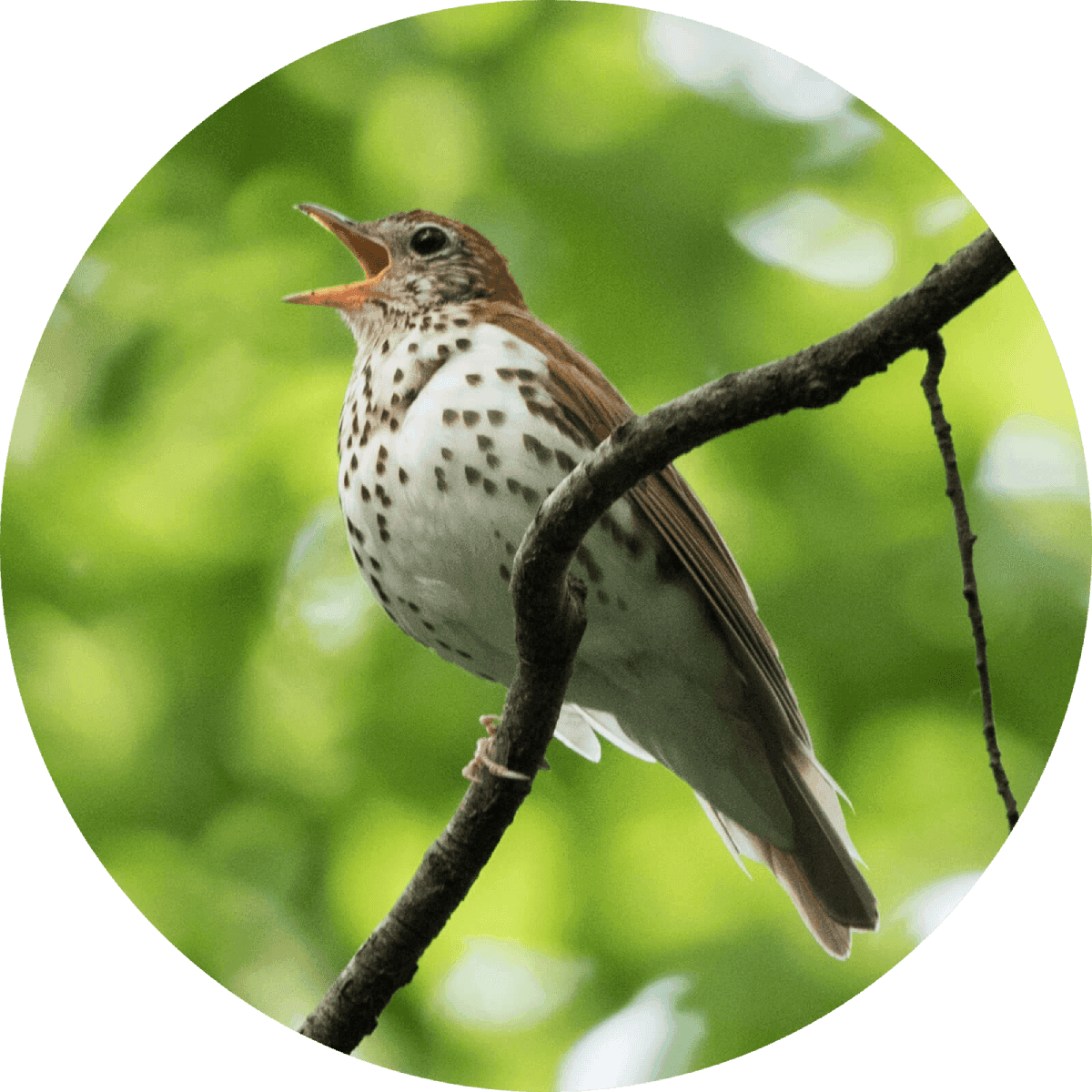“The latest South Florida Wading Bird Report, which was published last week, offers signs of trouble for the birds….According to the report, Snowy Egrets...continued their ‘sharp declines in nest numbers over the past decade'....Despite the report being mostly bad news, Hill-Gabriel hopes it will add momentum to the push for projects to restore the Everglades and the region's natural southward water flow.”
“Snowy Egrets are once again numerous and their populations were stable from 1966 to 2014.”
“A sight of rare beauty has suddenly come into the northeastern states....Not since 1890 has there been such a lavish display of this regal and spectacular bird, the feathers of which once supplied the fashionable egrets of commerce. Rivaling gold in their lure, they reached a price of $32 an ounce and many a hunter died in his quest when rival bands in the South fought for control of egret rookeries.”
“Congress passes a landmark law placing all migratory birds under federal protection. Three years later President Woodrow Wilson re-signs the law to include an international treaty provision between the U.S. and Canada.”
“These unfortunate birds...have had a very narrow escape from total extinction in the United Stated, despite all the efforts made to save them. The ‘plume-hunters' of the millinery trade have been, and still are, determined to have the last feather and the last drop of egret blood.” Scientists estimate only 250 Snowy Egrets remain in the world.
Congress passes the Lacey Act, the first federal law to protect wildlife and prohibits “transport across state lines of birds taken in violation of state laws. But the law, poorly enforced, did little to slow the commerce in feathers.
“Two crusading Boston socialites, Harriet Hemenway and her cousin, Minna Hall....launched a series of tea parties at which they urged their friends to stop wearing feathered hats....Buoyed by their success—some 900 women joined this upper-crust boycott—Hemenway and Hall that same year organized the Massachusetts Audubon Society...their federation would eventually be called the National Audubon Society.”
“Twenty years ago it was abundant in the South, now it is the rarest of its family....The Florida Herons have gone....Mercilessly they are shot down at their roosts or nesting grounds, the coveted feathers are stripped from their backs, the carcasses are left to rot, while the young in the nest above are starving.”
“Wilkerson told me of the birds which once inhabited the rookeries of this river in great abundance....He was on his way...to find large rookeries of the Little White Egret, which is regarded as the best paying species....he said he had been able in a large rookery down south to get over four hundred ‘plume birds' in less than four days.” Snowy egret plumes are valued at $32 per ounce, twice the price of gold.
“…more than 5 million birds were being massacred yearly to satisfy the booming North American millinery trade. Along Manhattan's Ladies' Mile-the principal shopping district, centered on Broadway and Twenty-Third Street-retail stores sold the feathers of snowy egrets, white ibises, and great blue herons.”
“This beautiful species is a constant resident in Florida and Louisiana, where thousands are seen during winter, and where many remain during the breeding season….at Charleston, in March...thousands were seen in the marshes and rice-fields all in full plumage. They reach the shores of New Jersey about the first week of May, when they may be seen on all parts of the coast between that district and the Gulf of Mexico.”


Learn about Maya Lin’s fifth and final memorial: a multi-platform science based artwork that presents an ecological history of our world - past, present, and future.

Discover ecological histories and stories of former abundance, loss, and recovery on the map of memory.

Learn how we can reduce our emissions and protect and restore species and habitats – around the world.

See how art can help us rethink the problems we face, and give us hope that each one of us can make a difference.

Help make a global memorial something personal and close to home. Share your stories of the natural world.